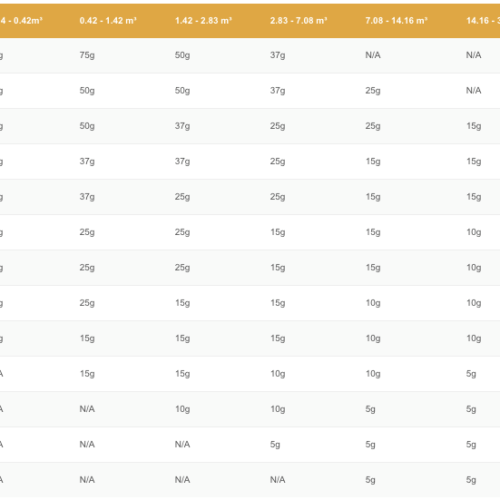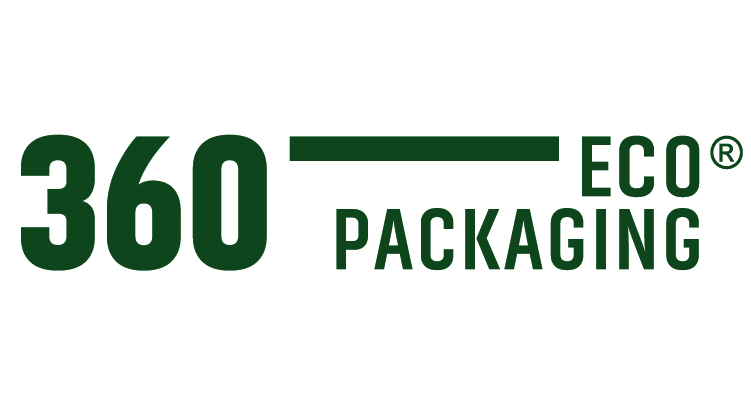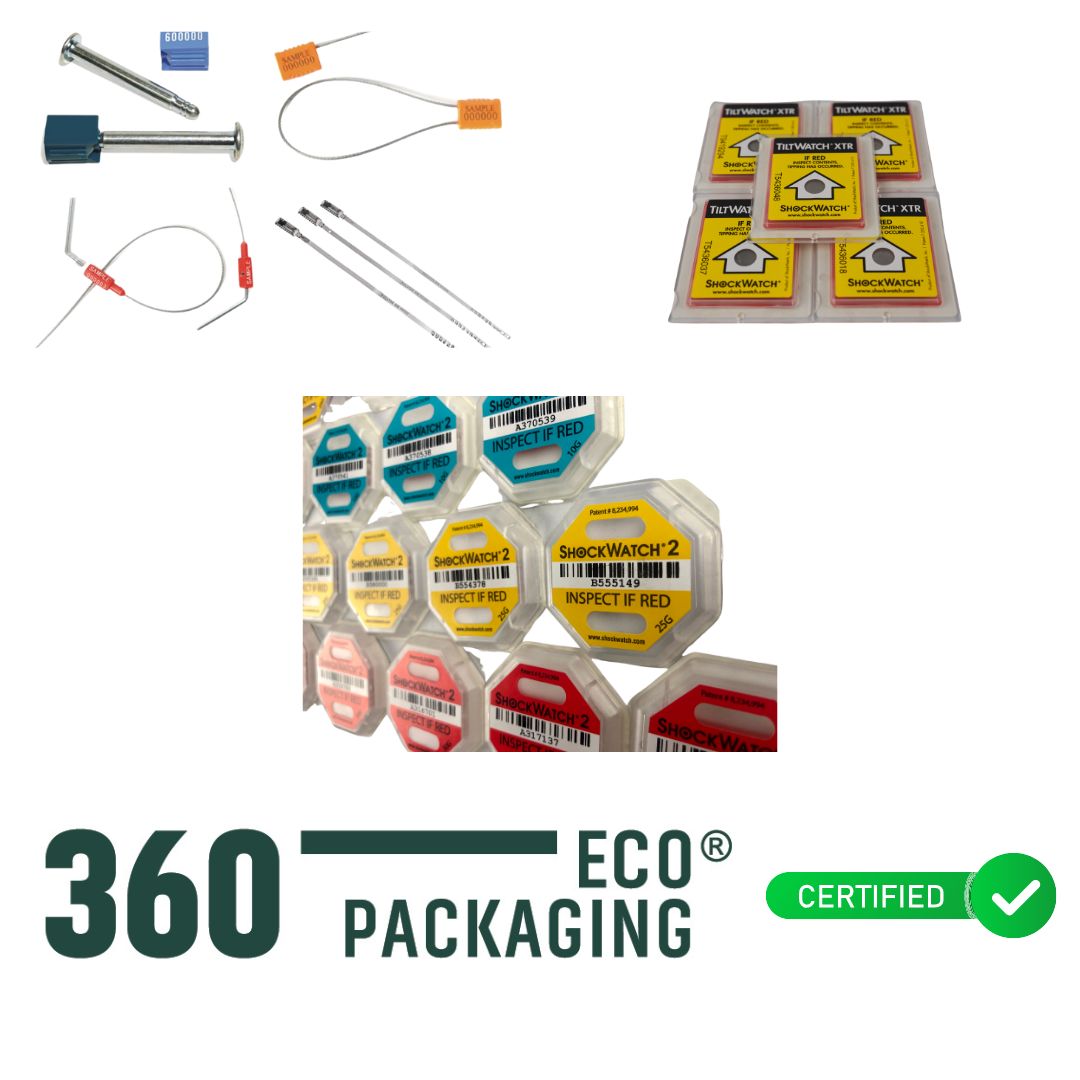After several posts analyzing and then looking at case studies of humidity control (desiccant salts) we are going to talk again, but this time in a more practical way, about passive control elements.

To verify that our fixation or control of the environment has been correct, we must use passive control devices that will tell us once at destination if the goods have suffered any stress during the trip. For this we must use impact detectors to measure accelerations and humidity and temperature detectors to measure the atmosphere in which the cargo has been transported.
How do I know which impact detector to use?
For this we must know well what load we are going to transport and how sensitive it is to accelerations and in which axes. Once known we must take as a unit of measurement the units “g” to know what resulting acceleration depending on its weight must support, so that the more “g” less sensitivity (loads with lower weights and volumes). For example, if we want to transport a device of 10Kg and 0.5 m3 with a normal sensitivity, we should take as an approximate reference an impact detector of 50g. Here is an indicative table:

Are there impact detectors that monitor the entire route?
For the transport of a load that we need to monitor in real time and have a database with all the transport parameters we will need to use an electronic impact detector or logger. These devices would allow us to measure periodically accelerations, temperature, humidity… and then download this data to our pc to analyze them.
Once I have this device, how should I place it?
Finally, these devices should usually be placed on the longest side and at a height equal to or greater than 2/3. If you see that this device has triggered (usually it will show a red color) indicates that it has exceeded the defined tare.

In the case of guaranteeing a controlled humidity atmosphere we must use humidity detectors, these devices as well as impact devices allow us to easily identify if the load has suffered any stress on the way.
There are control elements with several scales where we would show the maximum humidity levels to which our product has been exposed, so we will have to define on which safety scale our product should be transported.
As we have seen, after a correct conditioning it is essential to monitor it to have a feedback on how the transport has been developed to adjust it if necessary in subsequent shipments.
![]()


